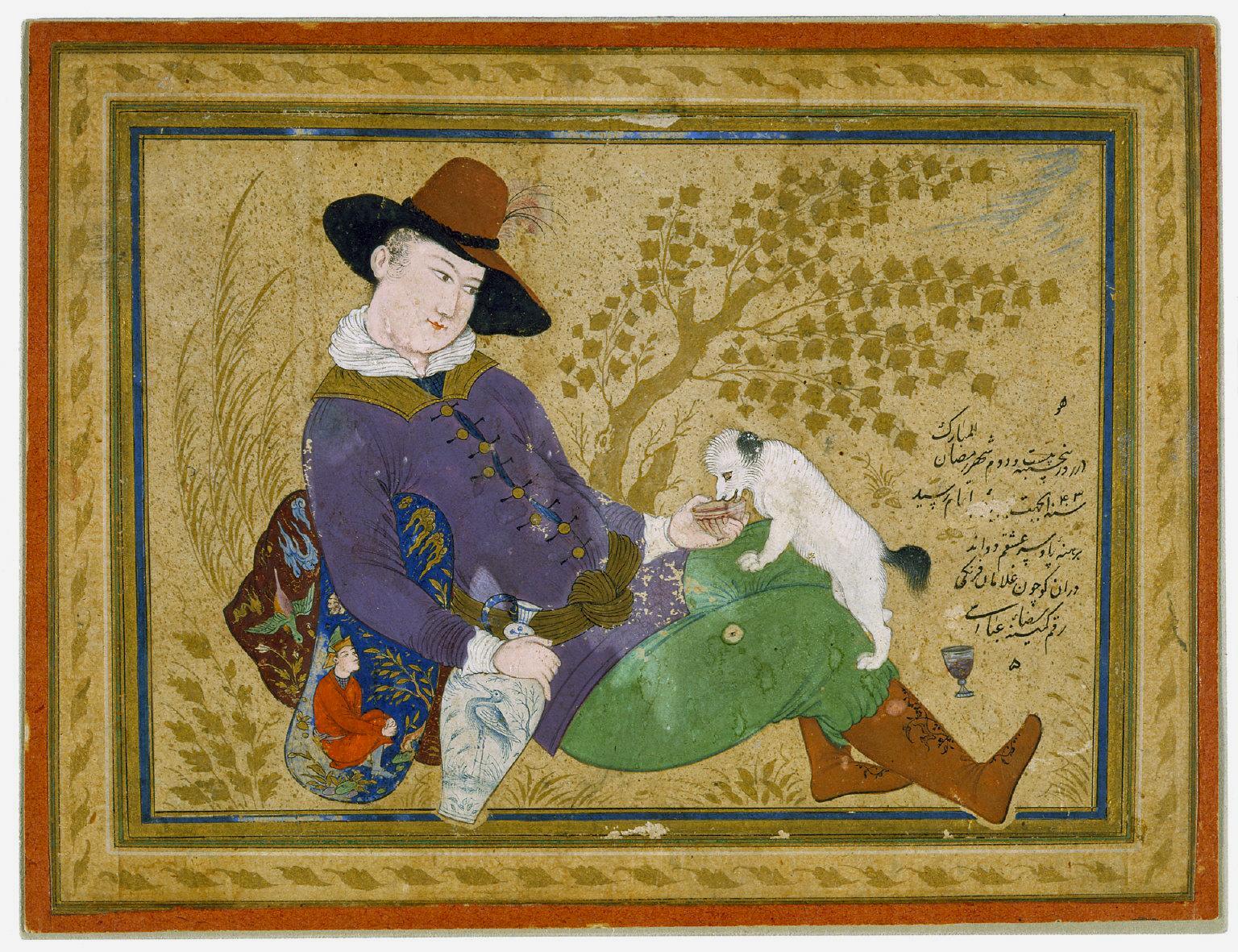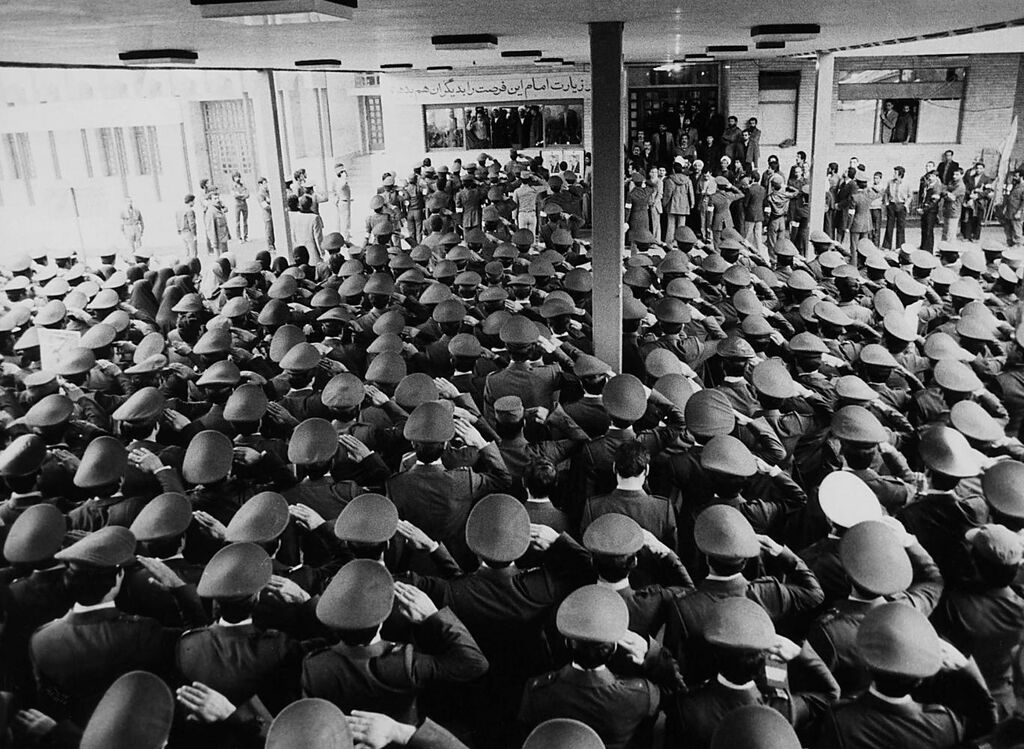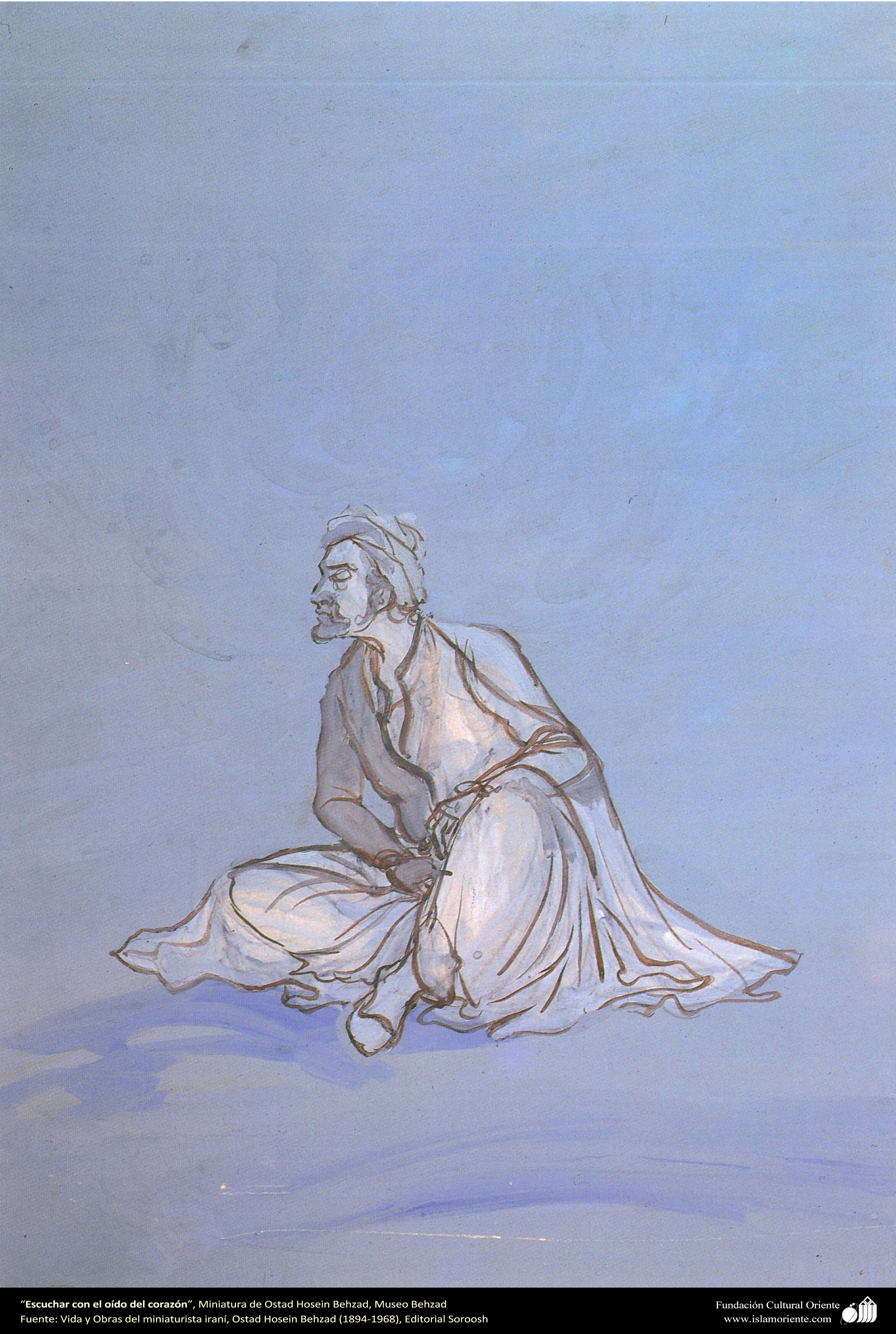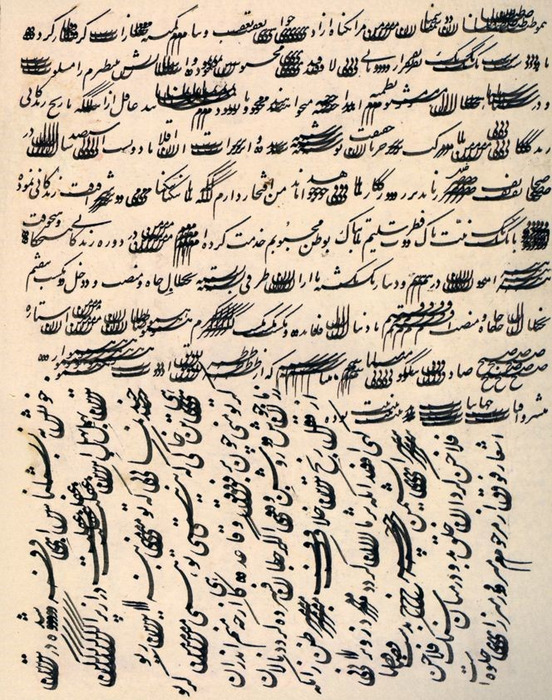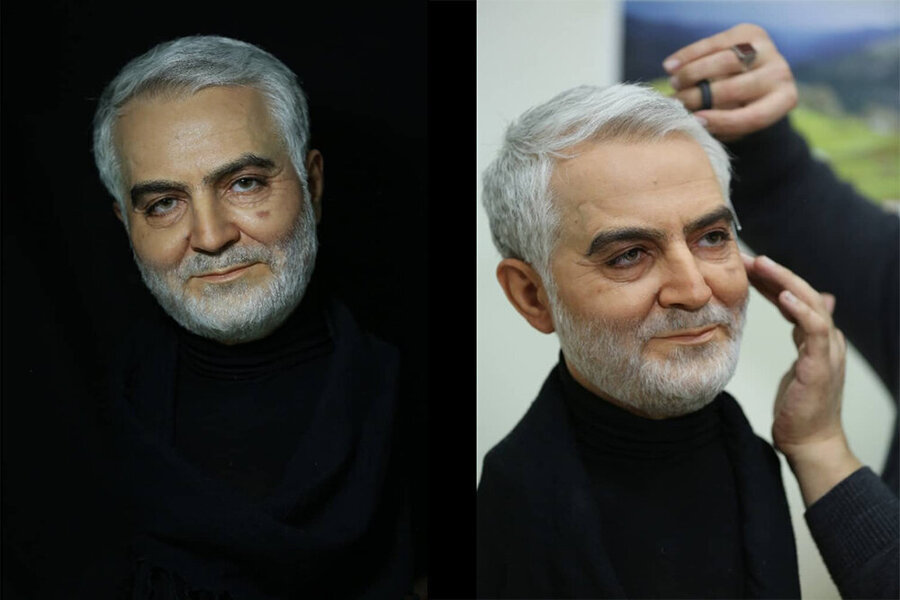
Iranian Sculpture: From Ancient Reliefs to Heroic Statues Iranian sculpture spans a long and varied history, from the ancie
Iranian Sculpture: From Ancient Reliefs to Heroic Statues Iranian sculpture spans a long and varied history, from the ancie
Sculpture is a branch of the visual arts that deals specifically with three-dimensional expression, encompassing length, depth, and width. This three-dimensional art unfolds and exists in space. A sculptor, inspired by nature and their imagination, shapes various materials—such as stone, wood, clay, plaster, metal, glass, wax, paper, and more—using their hands, tools, and different techniques like adding, subtracting, cutting, or reshaping the material to create a tangible volume. In other words, sculpture involves working with either hard or malleable materials. Its defining characteristics include being three-dimensional, representing forms, and existing as a solid, immobile object.
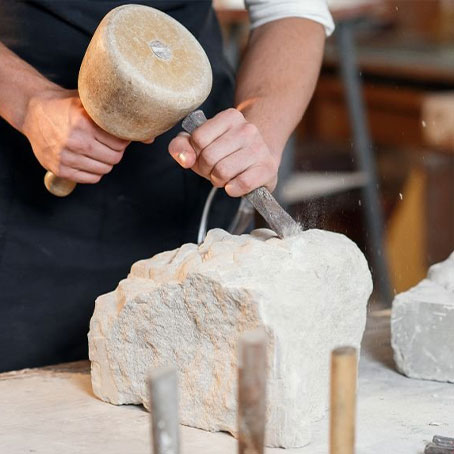
Sculpture encompasses a wide range of themes. It may serve religious, epic, commemorative, historical, or public purposes, or it may be purely aesthetic, appreciated simply as a beautiful work of art.
History of Sculpture
Sculpture is an art form with a very long history, and pinpointing an exact date for its origin is nearly impossible. However, the earliest discovered figurines date back 22,000 to 24,000 years BCE, in the Paleolithic era. Surviving works from this period include carved figures of horses and wild cattle, as well as small human figurines found in several caves in Central Europe.
Transitioning from the Paleolithic to the Neolithic era, sculpture became more prominent in the civilizations of Western and Southwestern Asia, including Jordan, Iran, and Anatolia. Notable artifacts from these cultures, found in sites like Jericho and Çatalhöyük, include molded human skulls, human figurines, and small-scale statues of wild and domesticated animals.
Ancient sculpture was generally rooted in mythological, religious, humanistic, and political principles.
Archaeological evidence demonstrates that this form of sculpture first emerged in Mesopotamian civilizations and subsequently appeared in other cultures, including Egypt, India, Iran, Greece, Rome, China, Africa, and pre-Columbian America. Many subcultures share similarities in their sculptural practices due to common ethnic, linguistic, or cultural roots, making their works extensions of these major civilizations.
Archaeological evidence demonstrates that this form of sculpture first emerged in Mesopotamian civilizations and subsequently appeared in other cultures, including Egypt, India, Iran, Greece, Rome, China, Africa, and pre-Columbian America. Many subcultures share similarities in their sculptural practices due to common ethnic, linguistic, or cultural roots, making their works extensions of these major civilizations.
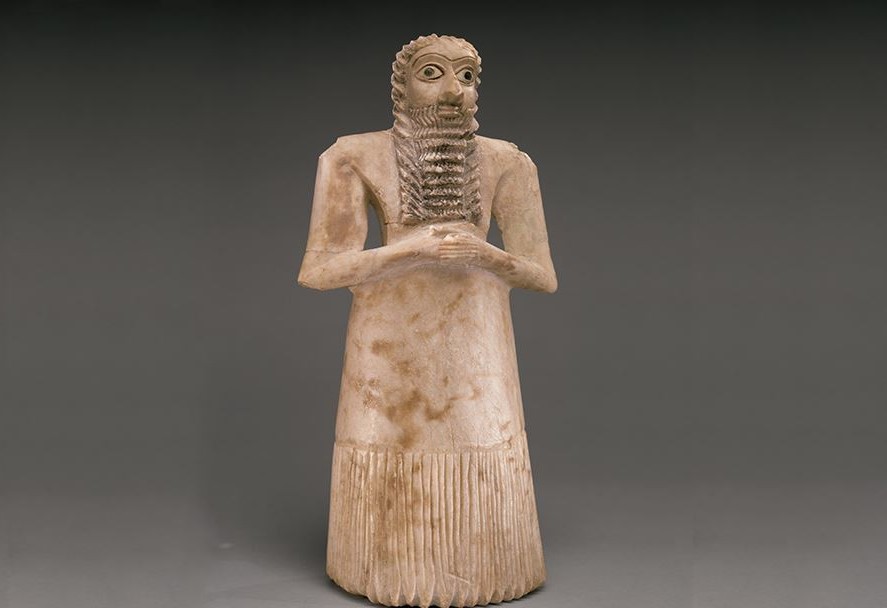
Standing Sumerian Worshiper Statue (c. 2900–2600 BCE)
Principles and Elements of Sculpture
In sculpture, as in other visual arts, all design principles and elements are observed, but volume and space are considered the most important. These two elements take on a more tangible form in sculpture, appearing as physical masses within a three-dimensional space. Volume and space are also fundamental for evaluating and distinguishing different types of sculptures. They help differentiate works that emphasize solid mass from those that focus primarily on their surrounding environment. Other key principles in sculpture include:
- Direction – the orientation or flow of forms within the sculpture.
- Proportion – the relationship between different parts of the sculpture.
- Scale – the size of the sculpture in relation to human perception or surrounding space.
- Balance – the visual and physical stability of the sculpture, ensuring harmony and equilibrium in the composition.
These principles, together with volume and space, form the foundation for both the creation and analysis of sculptural works.
Sculpting Techniques
Sculpting, from conception to execution, involves a variety of methods. These techniques operate based on principles of design, emphasizing elements such as volume, space, form, direction, and scale. Common sculpting techniques include carving, modeling, casting, patina, molding, and assemblage. The choice of technique depends on factors like the idea, location, time, and available tools and materials. Often, multiple techniques are combined to create a single work.
Below are the main sculpting techniques:
a) Carving
Carving is one of the primary and traditional sculpting methods. In this technique, the final form is achieved by gradually removing material from a solid mass, such as stone or wood. Initially, a model or maquette of the sculpture is created, and the solid material is prepared at the corresponding scale. Extra material is marked using tools like pencils, chalk, or markers and then carefully removed by hand or machinery, following the stages of the sculpture’s formation.
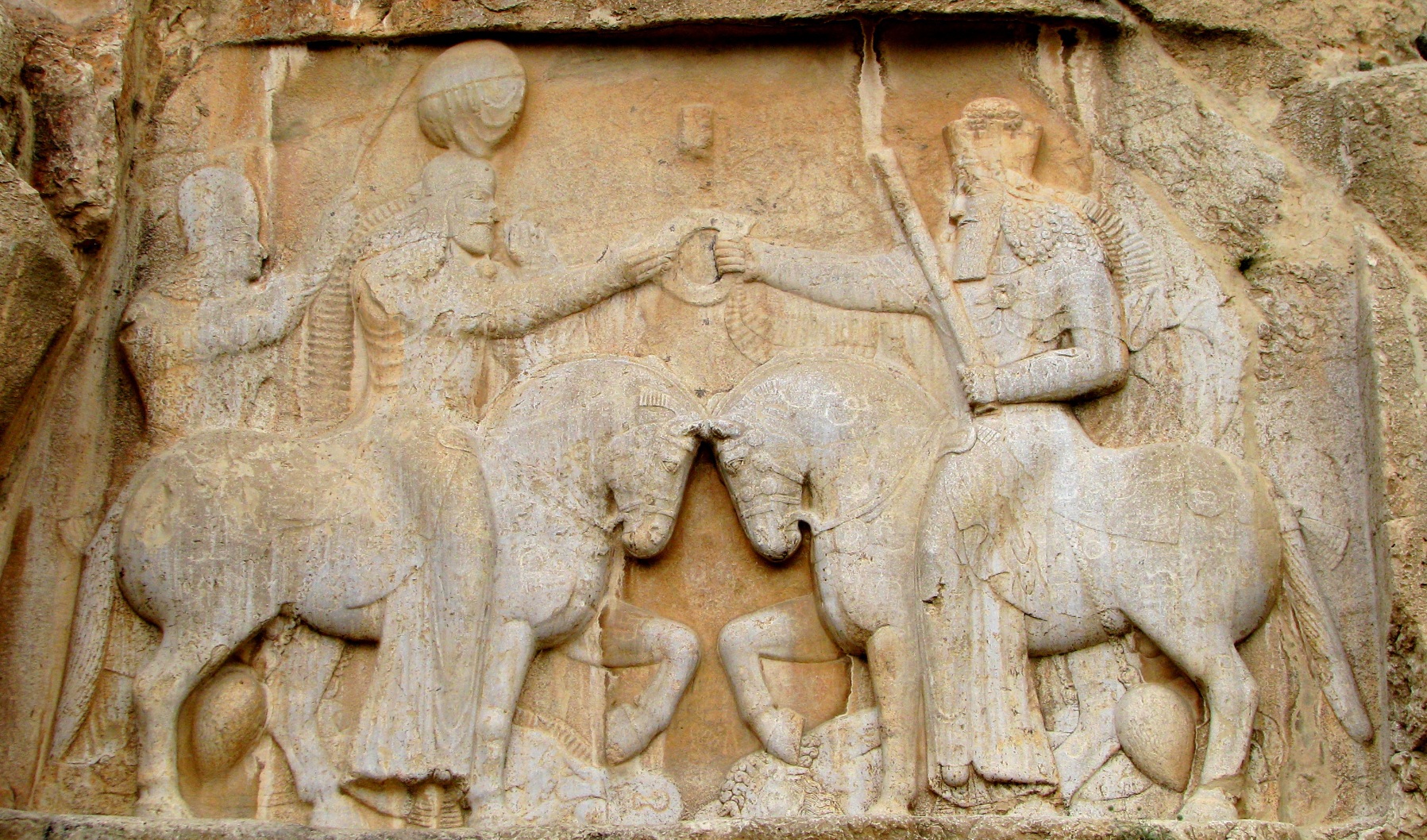
Rock relief at Naqsh-e Rustam, Shiraz – dating back to the Achaemenid period
b) Modeling (Shaping)
Modeling, or shaping with various materials, is one of the oldest and most common techniques in sculpture. In this method, a model of the original design is first created, and a supporting framework (armature) is constructed accordingly. Then, by gradually adding material and shaping it, the desired volume is achieved. Flexible materials such as clay, plaster, wax, cement, and paper pulp are commonly used in this technique.
c) Casting
Casting is another ancient technique in sculpture. It is used to create sculptures from meltable materials such as bronze, copper, brass, glass, aluminum, and iron. In casting, an exact model of each part of the sculpture is first created. Then, a two-part metal, wax, or sand mold is created from that model. The final sculpture is obtained by removing the model, pouring molten material into the empty molds, and allowing it to cool.
d) Molding
Molding is another widely used technique in sculpture, allowing the creation of durable and resilient volumes. Molding can be done directly or indirectly.In the direct method, an object or body is gradually covered with layers of plaster, wax, silicone, or similar materials to create a two- or multi-part mold. In indirect molding, a model of the subject is first created, and then a two- or multi-part mold is made from it. These molds are subsequently used to produce sculptures in clay, plaster, cement, or other materials.
e) Assemblage
Assemblage is a modern sculpting technique in which found or discarded objects are combined and transformed into a new three-dimensional form. In this method, discarded items and prefabricated parts are connected using welding, soldering, riveting, nailing, gluing, or similar techniques. Sometimes, assemblage involves combining industrial scrap, and it closely resembles the collage technique in painting.
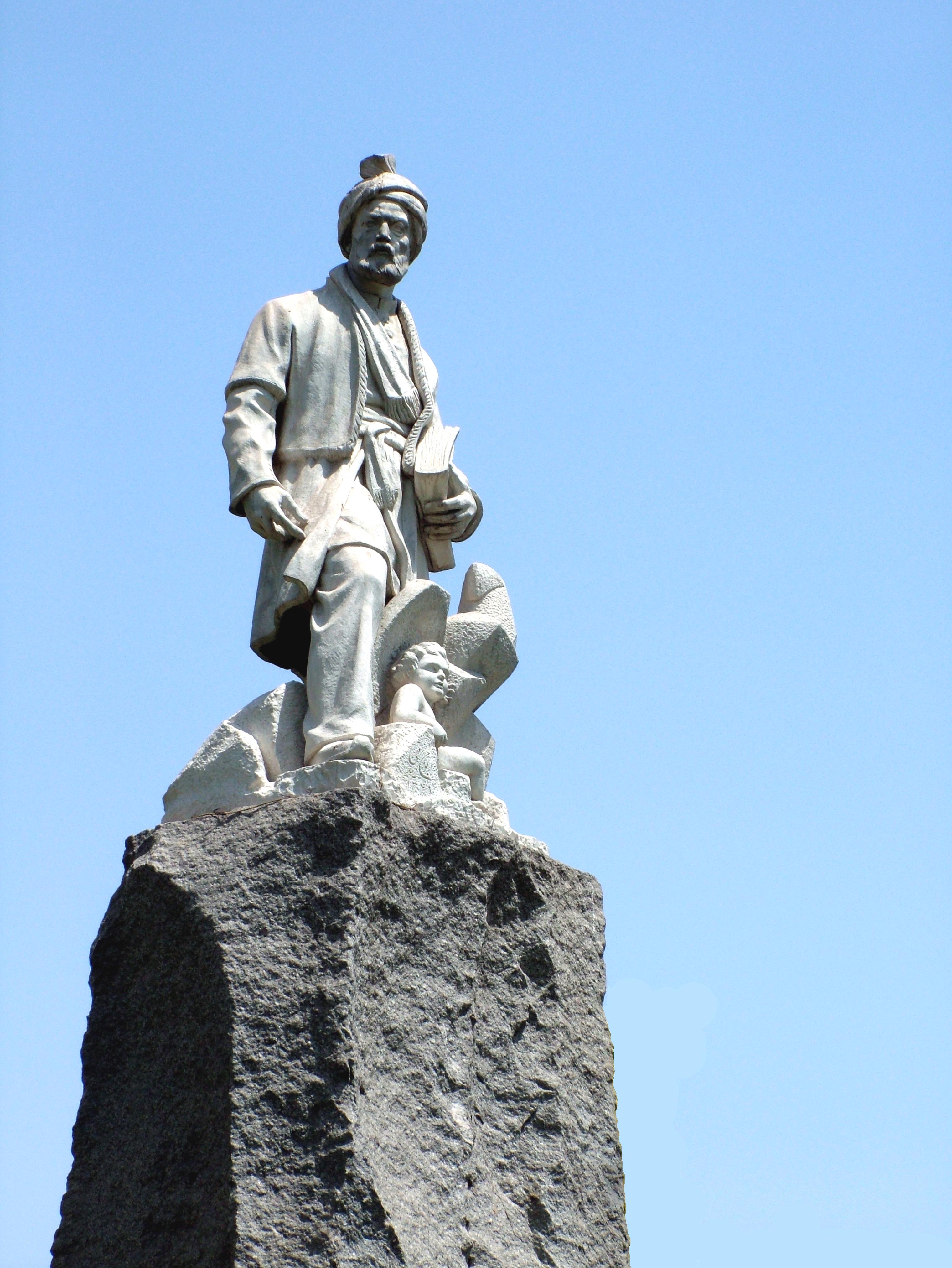
Statue of Hakim Abu’l-Qasim Ferdowsi, the renowned Iranian poet, by Abu’l-Hasan Sedighi
Sculpture in Iran
The history of sculpture in present-day Iran is not entirely clear due to the region’s complex past and limited archaeological excavations. Some researchers believe that although Iranians showed an interest in certain three-dimensional arts such as pottery and metalwork, they did not display a strong inclination toward sculpture in the strict sense. This relative disinterest persisted throughout the pre-Islamic and Islamic periods.
Nevertheless, the earliest evidence of figurative art in Iran can be traced to symbolic three-dimensional bronze objects, including the famous Luristan bronzes, which date back at least 3,200 years.
The reliefs and carvings of the Achaemenid period, likely influenced by Mesopotamian civilizations—especially Assyria—represent the most significant sculptural works of ancient Iran. These stone reliefs are more rounded and prominent compared to Assyrian examples. The figures convey unity and movement while retaining a naturalistic appearance. Additionally, brick glazed reliefs, capitals, and fully sculpted depictions of mythological and legendary creatures—such as two-headed bulls, two-headed lions, human-animal hybrids, and animal-animal combinations—also appear in the sculptural repertoire of this period.
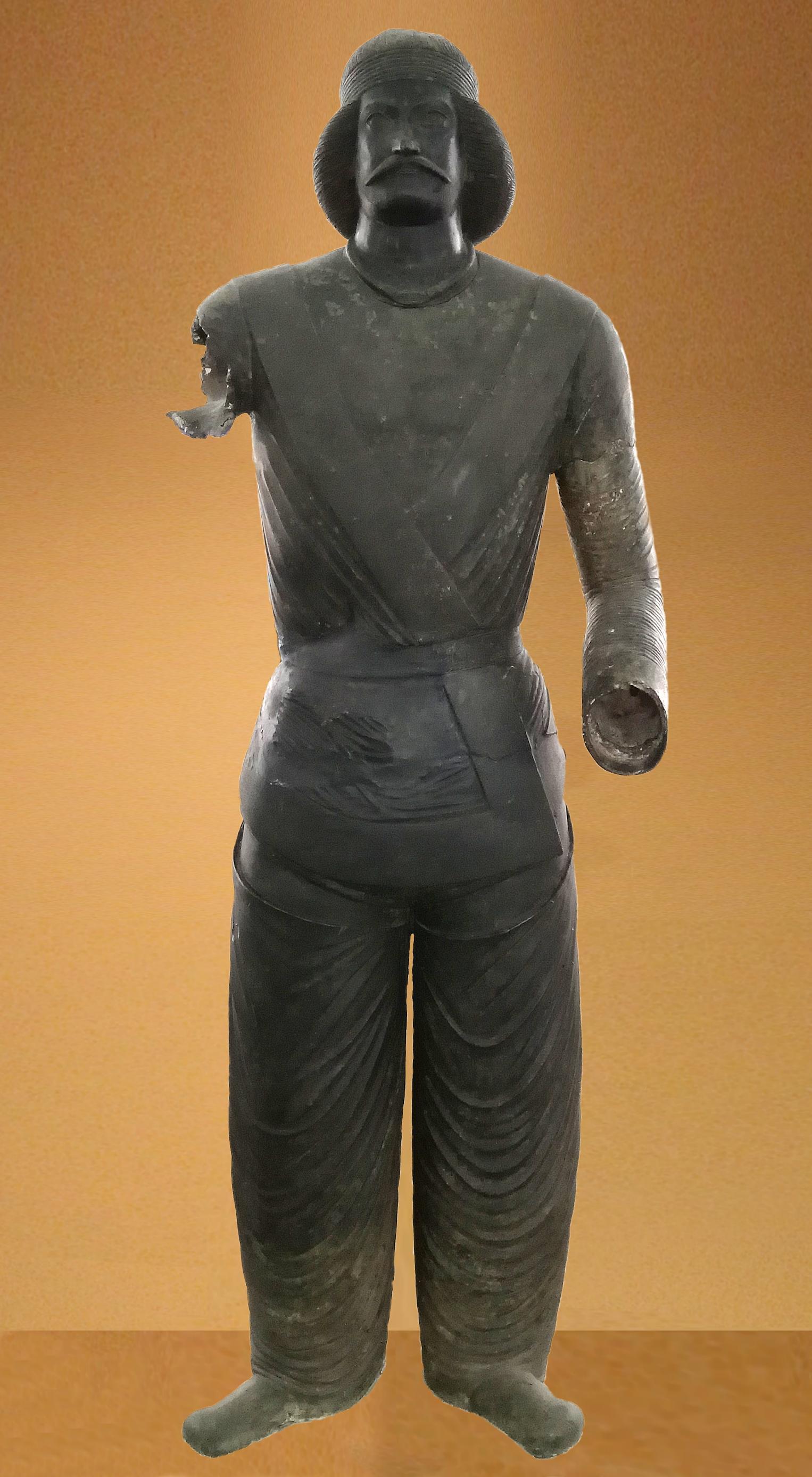
Bronze Statuette of a Shami Man, dating back to the Parthian period.
Sculpture in the Parthian Period represented a syncretic form of Iranian and Greek art, exemplified by the famous bronze Parthian soldier statue discovered in the Shami sanctuary near the city of Izeh. A significant portion of ancient Iranian sculpture belongs to the Sasanian period, during which high-relief and low-relief works were created. These works, in their raw form, reflected Achaemenid traditions while also adopting principles like symmetry and realism reminiscent of Roman reliefs. Later, these reliefs inspired Qajar-era reliefs (during Fath-Ali Shah’s reign).
After the advent of Islam, sculpture in Iran largely ceased. During this period, only decorative forms from Sasanian sculpture persisted, appearing in stone and plaster reliefs, as well as metal objects. However, under Fath-Ali Shah Qajar, influenced by renewed interest in ancient Iranian culture, an official revival of sculpture began, resulting in several Sasanian-style reliefs. Among these, the hunting scene of Fath-Ali Shah in the Tangeh Vashi of Firuzkuh stands out for its design and execution.
Subsequent works, such as the reliefs of Naser al-Din Shah and his ministers in Tangab, Mazandaran, and the equestrian statue of Naser al-Din Shah, paved the way for the emergence of contemporary sculpture in Iran.
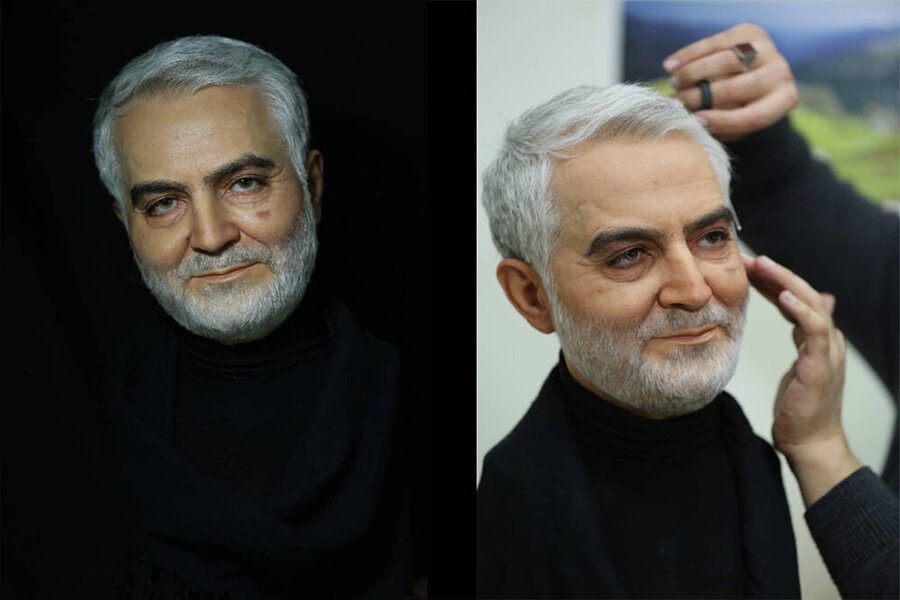
Hyperrealistic Bust of Martyr Major General Haj Qasem Soleimani, by Hamid Kangarani
The beginning of contemporary sculpture in Iran dates back less than a century. Abulhassan Sadighi (1894–1995 CE / 1273–1374 SH), a student of Kamal-ol-Molk at the School of Fine Arts (Madrese Sanaye Mostazrafa), was the first to travel to Europe to study academic sculpture. Upon returning to Iran, he trained students such as Ali-Akbar San’ati (1916–2006 CE / 1295–1385 SH), forming the first generation of contemporary Iranian sculptors. The works of this generation were largely influenced by classical European sculpture, focusing on single-figure portraits of important individuals and scenes from everyday life.
Following this first generation, a second generation of Iranian sculptors emerged, creating more contemporary works. Artists such as Jazeh Tabatabai, Bahman Mohasses, Mohsen Vaziri-Moghaddam, and Masoud Arabshahi are notable representatives. Unlike their predecessors, this generation explored modern concepts, materials, and methods, moving beyond traditional forms and classical influences.
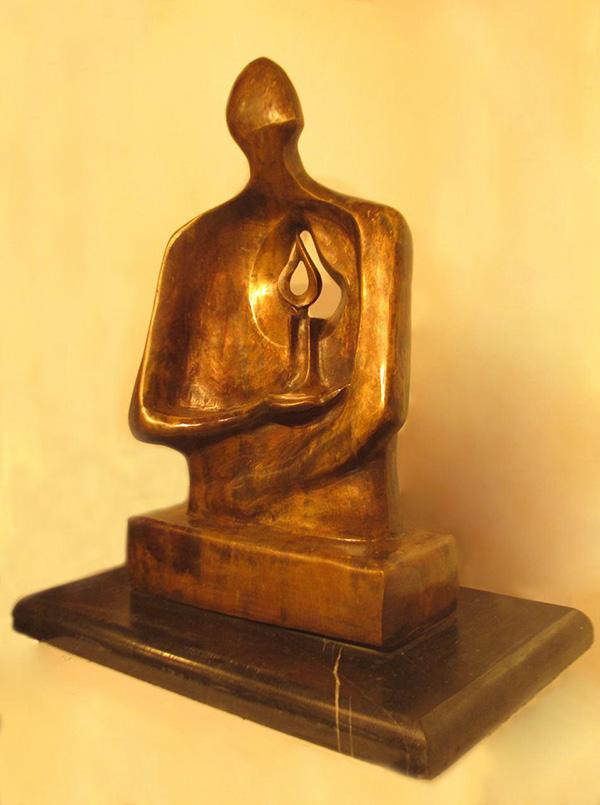
“Statue of Waiting” by Ali-Asghar Youzbashi
The third generation of Iranian sculptors, who continue their artistic activities, not only carry forward the experiences of the second generation and take on the responsibility of teaching sculpture at universities, but also exhibit a greater diversity of ideas and execution compared to the two preceding generations. The most recent generation of contemporary Iranian sculptors is a populous one, emerging over the past two to three decades. Drawing on the experiences of previous generations, they strive to create new experiences and to explore innovative approaches to the concepts of volume and space.
| Name | Iranian Sculpture: From Ancient Reliefs to Heroic Statues Iranian sculpture spans a long and varied history, from the ancie |
| Country | Iran |
| Type | Sculpture |
| awards | National |
Choose blindless
Red blindless Green blindless Blue blindless Red hard to see Green hard to see Blue hard to see Monochrome Special MonochromeFont size change:
Change word spacing:
Change line height:
Change mouse type:
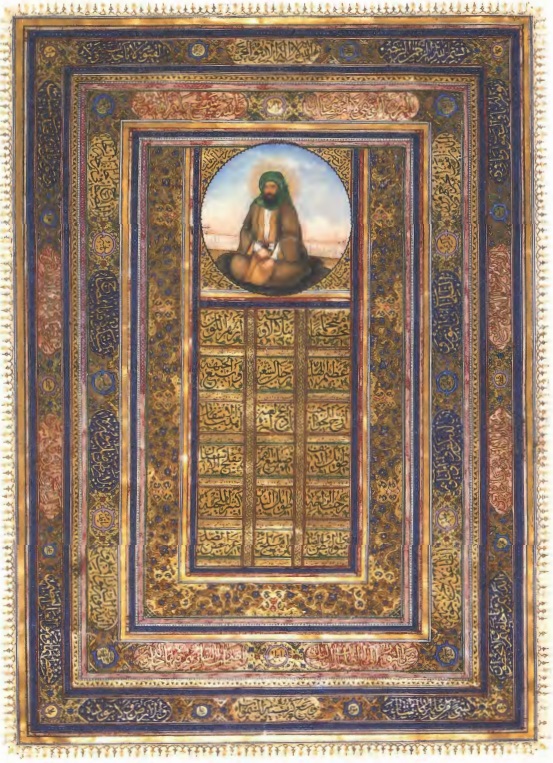
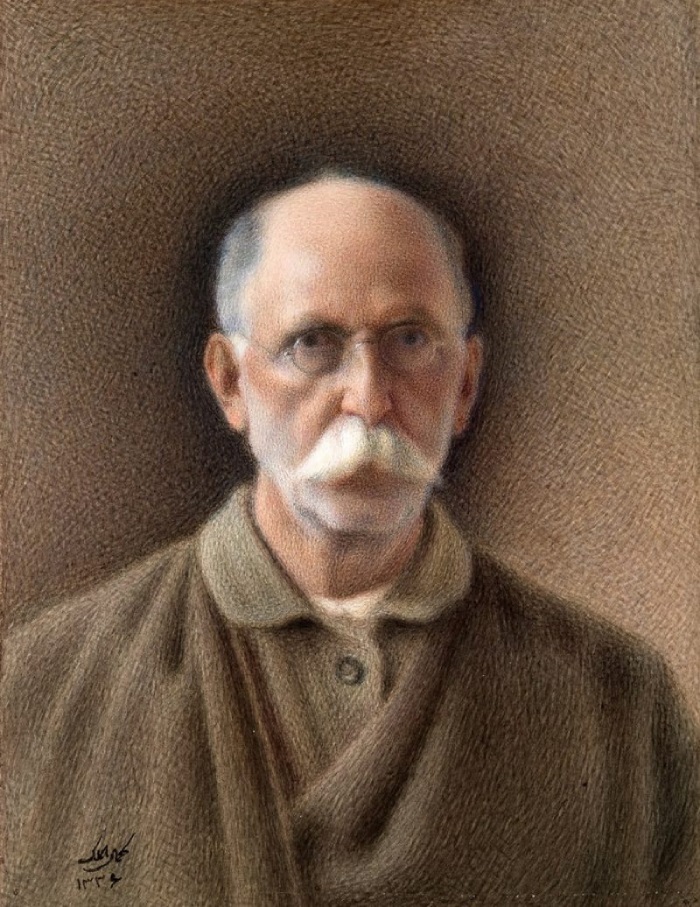
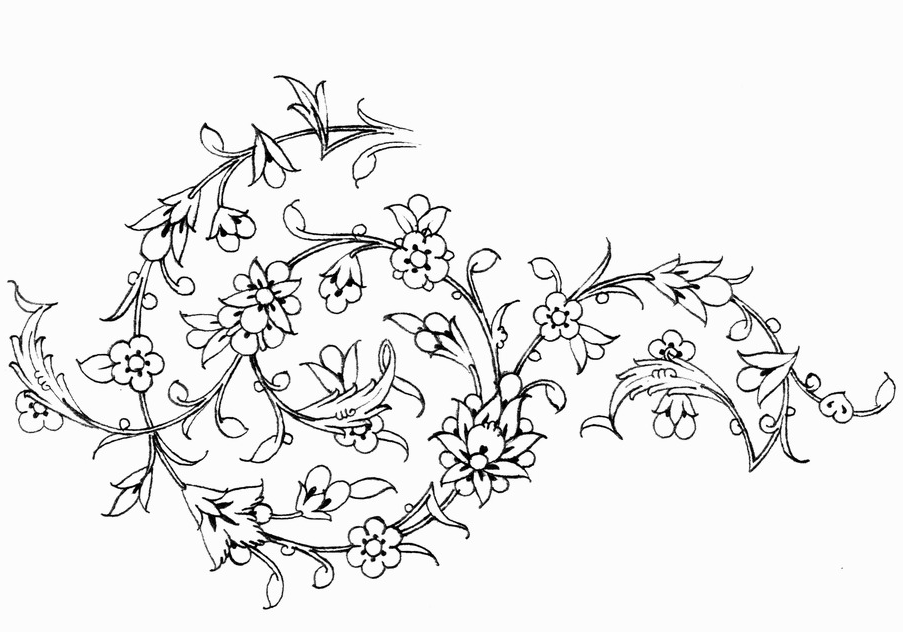
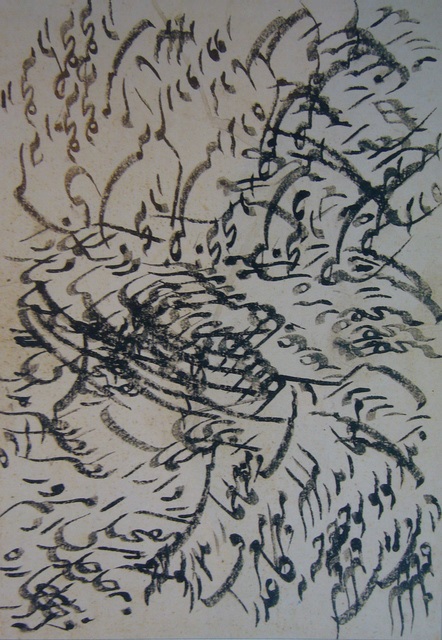
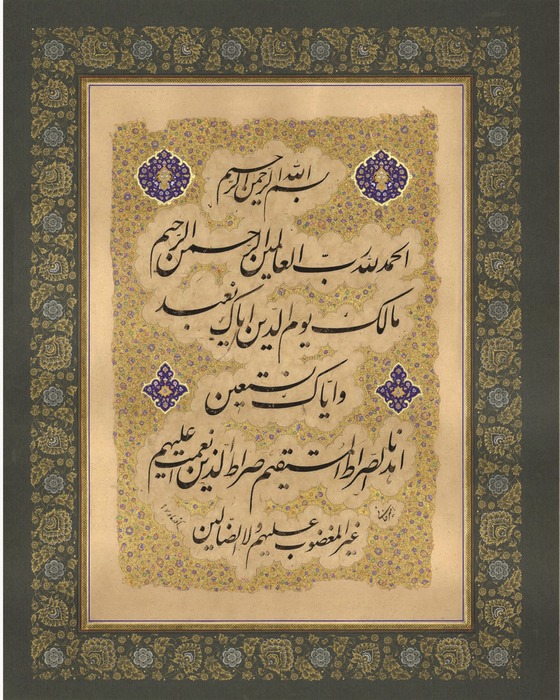

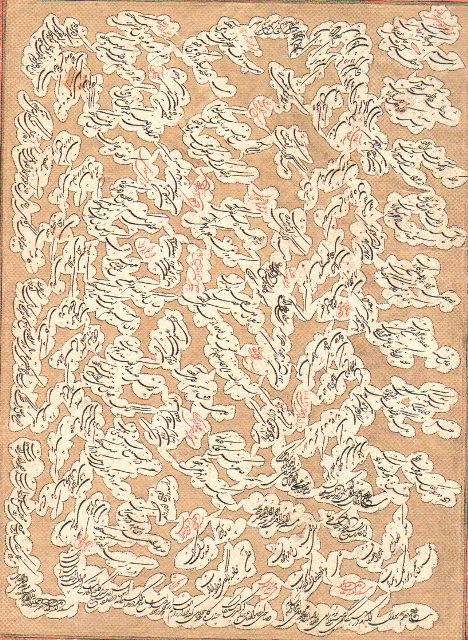
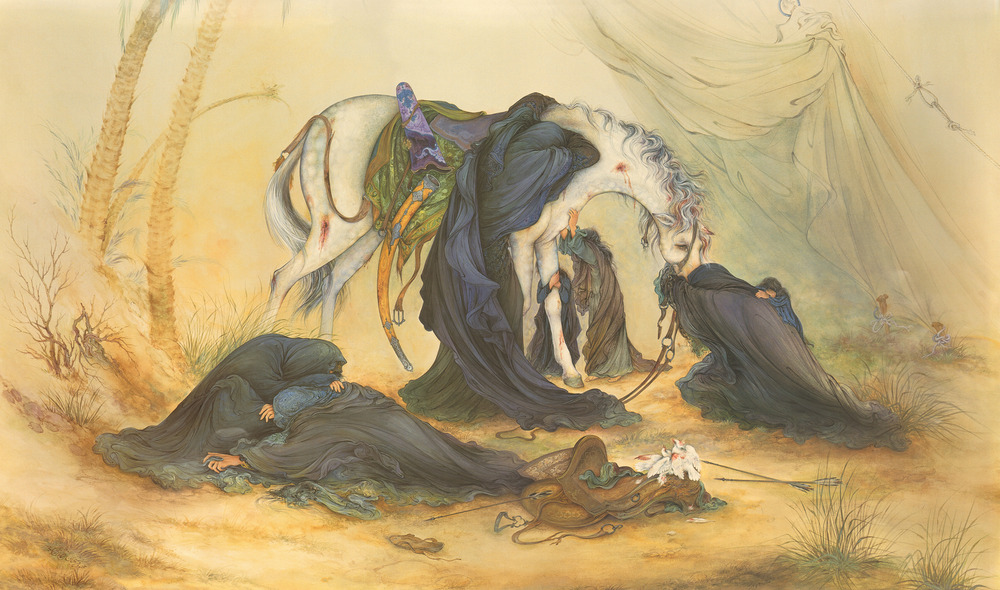
(7)_1_1.jpg)
